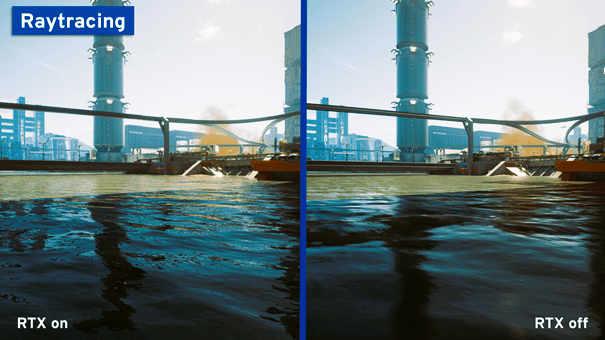Video games have come a long way since their inception, especially in terms of graphics. From the early days of simple pixelated sprites to the breathtakingly realistic visuals of today, the evolution of video game graphics has been nothing short of remarkable. In this article, we’ll take a journey through time to explore how video game graphics have evolved from basic pixels to stunning realism.
The Early Days of Pixels
In the early days of video gaming, graphics were extremely limited by technology. Games were often composed of simple, blocky pixels arranged on a screen. Characters and objects were represented by rudimentary shapes and colors, and detailed visuals were virtually impossible to achieve. Despite these limitations, early video game developers found creative ways to work within these constraints and create engaging gaming experiences.
The Transition to 3D Graphics

One of the most significant advancements in video game graphics came with the transition to 3D graphics. Instead of relying solely on 2D sprites, developers began to incorporate three-dimensional models and environments into their games. This opened up a whole new world of possibilities for creating immersive gaming experiences.
Early 3D games, such as “Super Mario 64” and “Quake,” featured primitive polygonal graphics that were a far cry from the realism we see in modern games. However, they laid the foundation for future advancements in 3D graphics technology.
The Rise of Realism
As technology continued to improve, so too did the realism of video game graphics. Developers began to harness the power of more powerful hardware and sophisticated rendering techniques to create increasingly lifelike visuals. Did you like the article? Read also about “Cyberpunk 2077” – The Highly Anticipated RPG Experience.
One of the key milestones in the evolution of video game graphics was the introduction of advanced lighting and shading effects. These techniques allowed developers to simulate realistic lighting conditions, such as sunlight filtering through trees or the glow of a neon sign at night.
Another major advancement was the use of high-resolution textures and detailed character models. Instead of simple, flat textures, developers began to create textures with intricate detail, allowing for more realistic environments and characters.
The Emergence of Ray Tracing

One of the most recent developments in video game graphics is the emergence of ray tracing technology. Ray tracing simulates the way light behaves in the real world, resulting in incredibly realistic lighting, reflections, and shadows.
Games that utilize ray tracing, such as “Cyberpunk 2077” and “Control,” feature visuals that are indistinguishable from reality in many cases. Ray tracing represents the pinnacle of realism in video game graphics and is likely to become even more prevalent in the future.
From humble beginnings as simple pixelated sprites to the breathtakingly realistic visuals of today, the evolution of video game graphics has been nothing short of extraordinary. Thanks to advancements in technology and the tireless efforts of talented developers, video games have become a true art form capable of immersing players in rich and vibrant worlds. As we look to the future, it’s exciting to think about the possibilities that lie ahead for the next generation of video game graphics.
For more information on the history of video game graphics, you can visit the Reddit page on Video Game Graphics Evolution.

